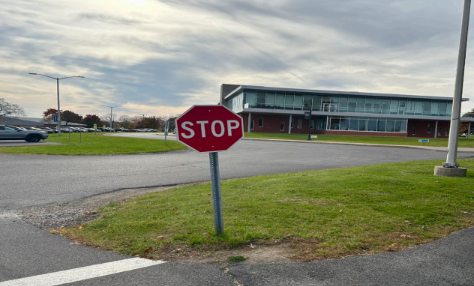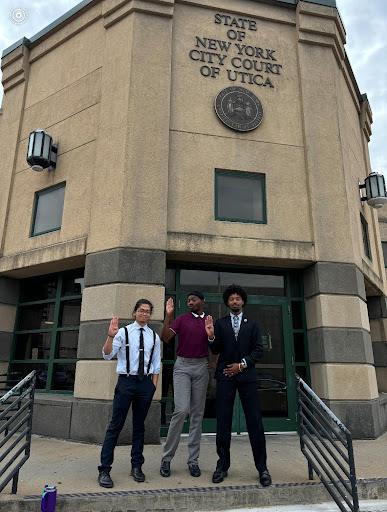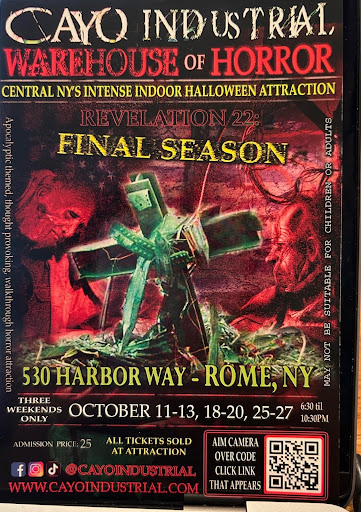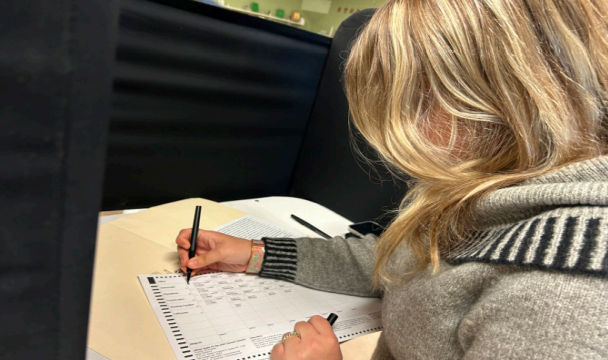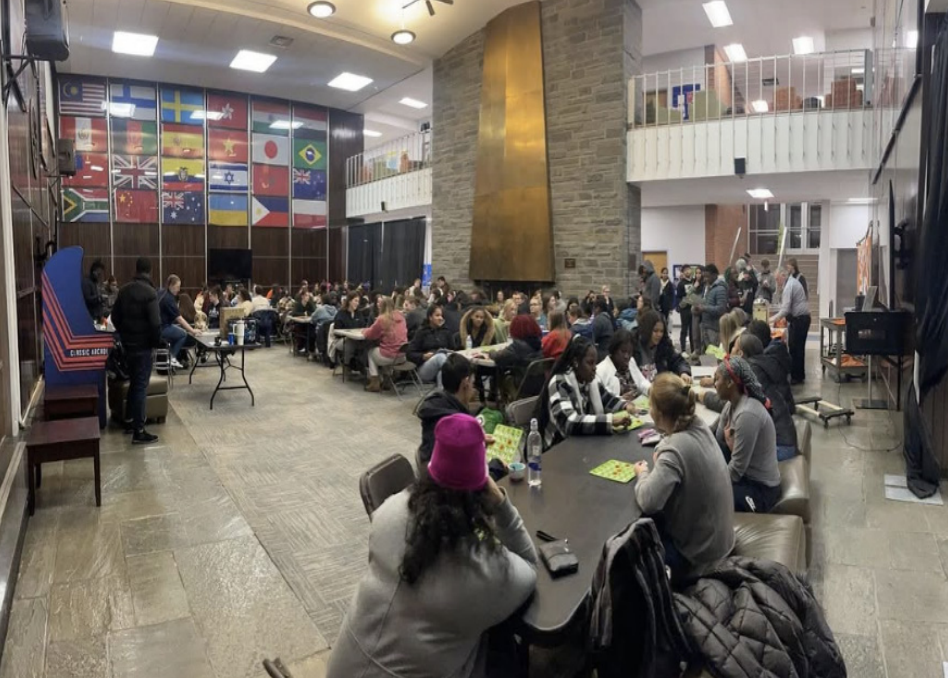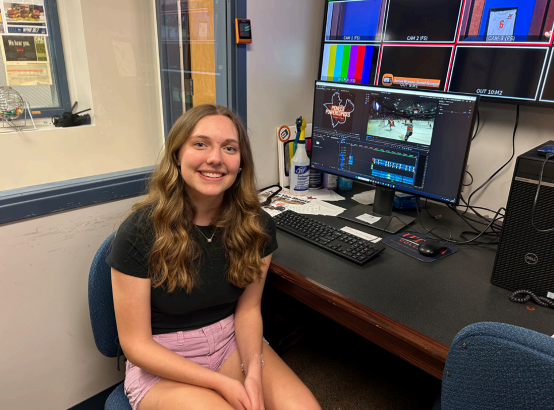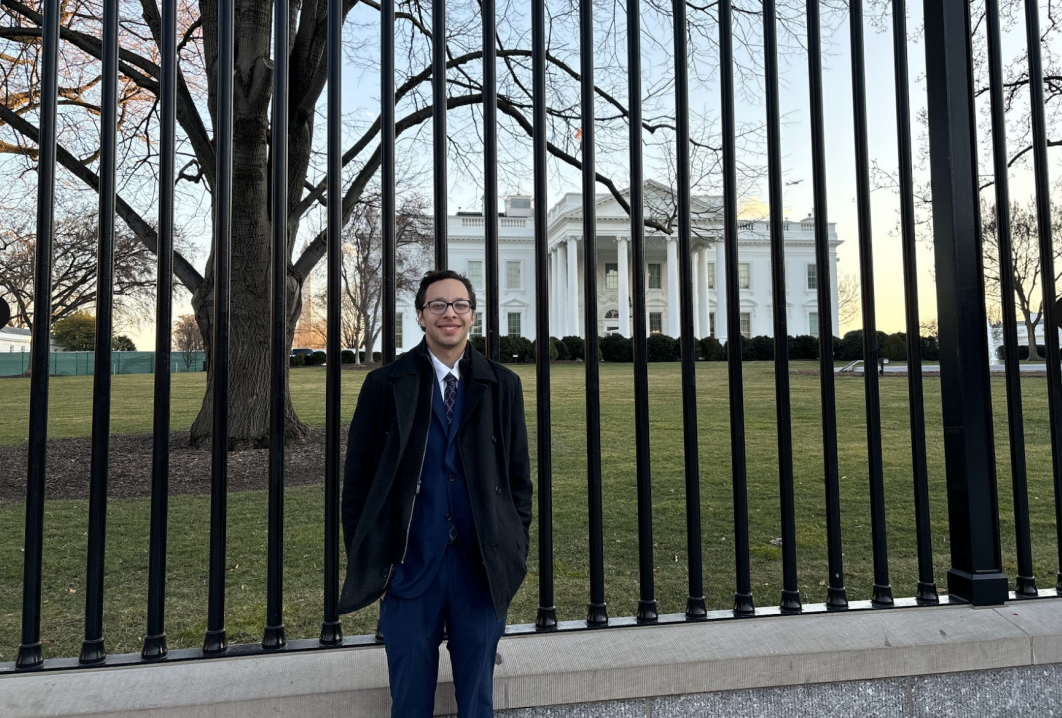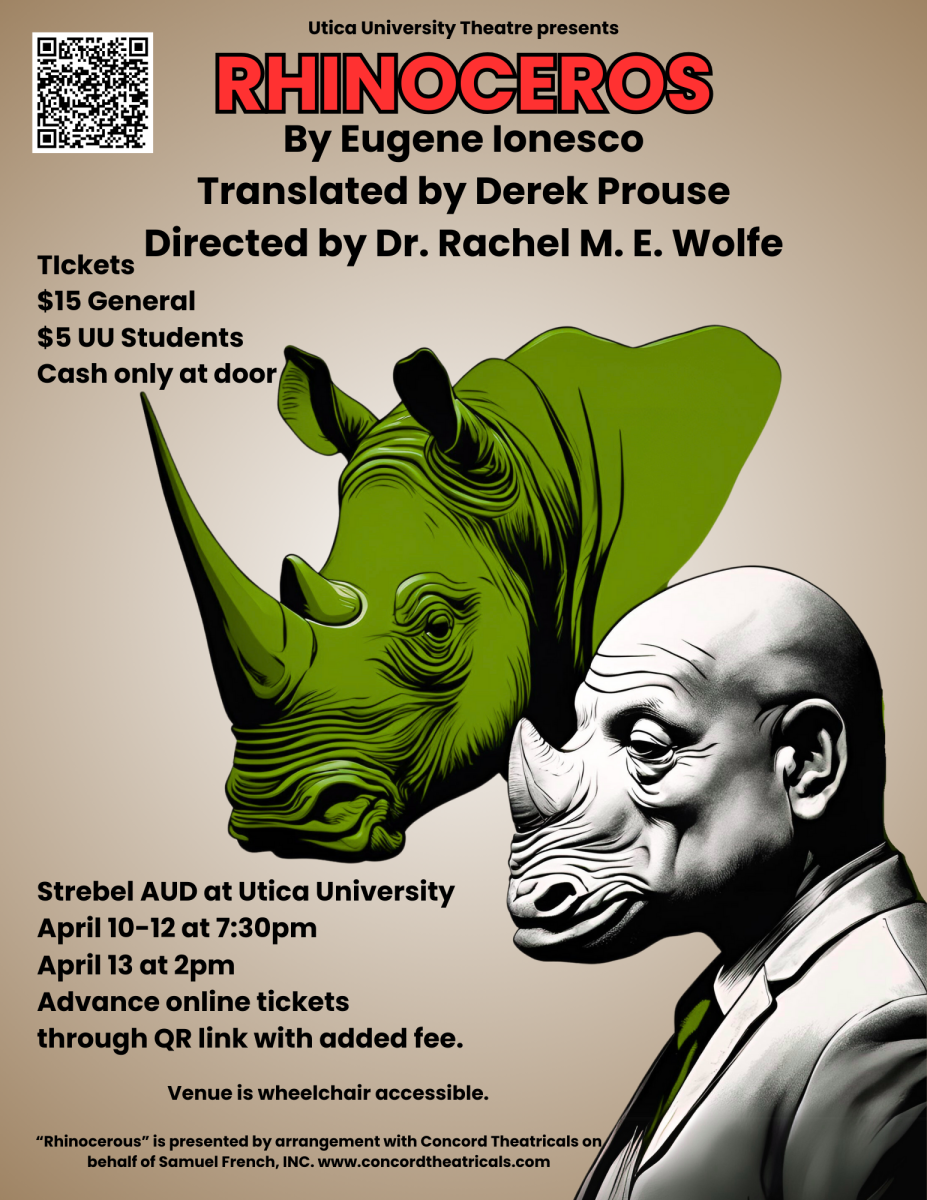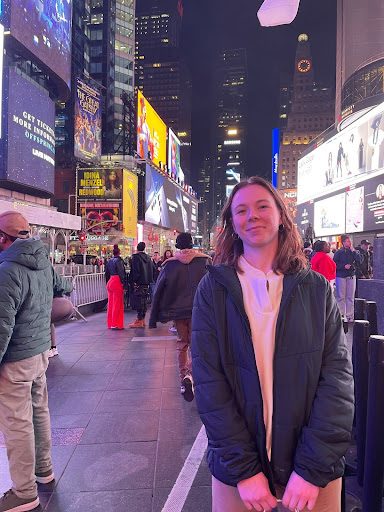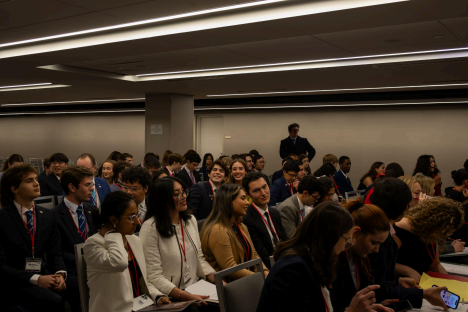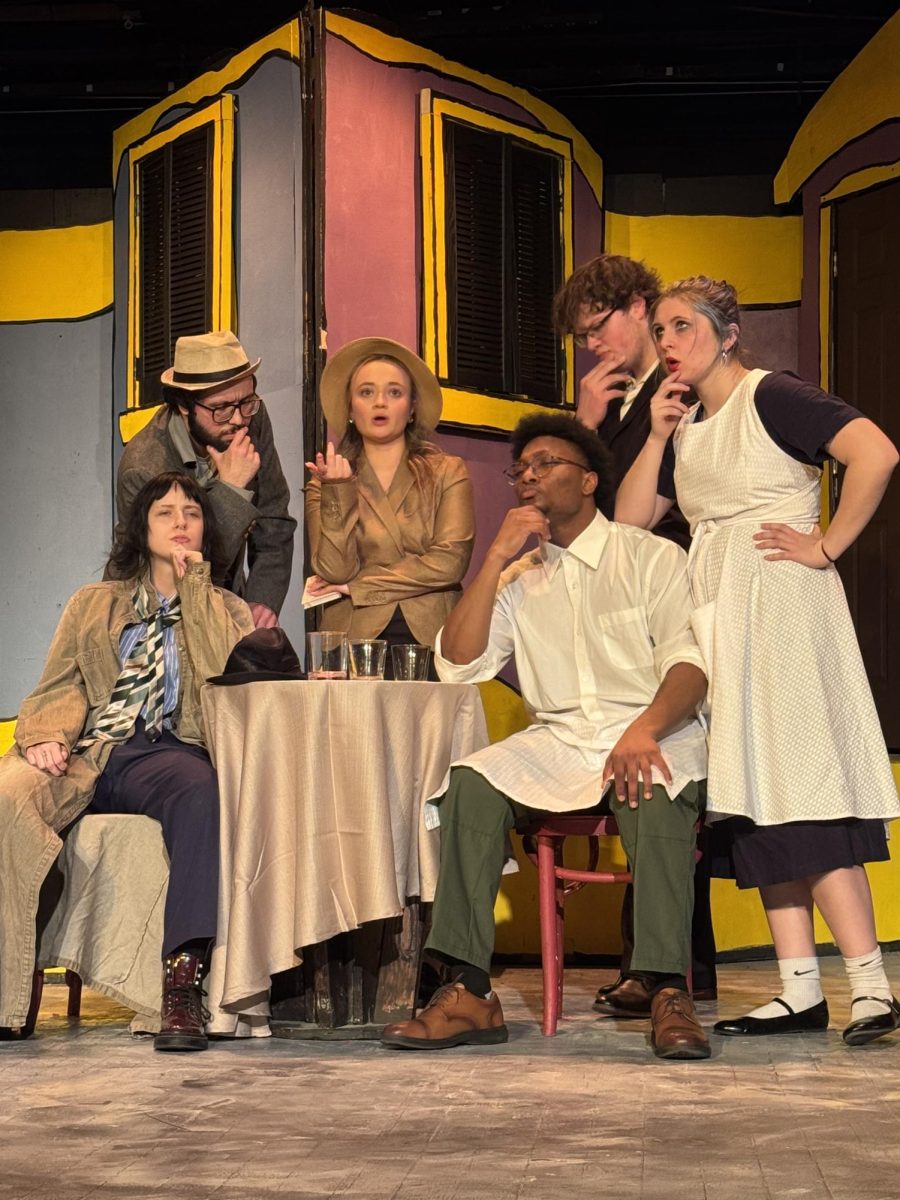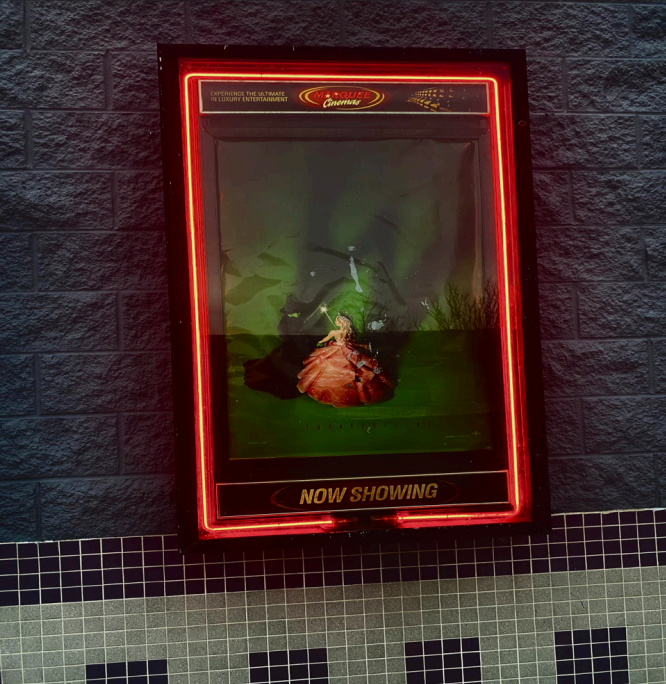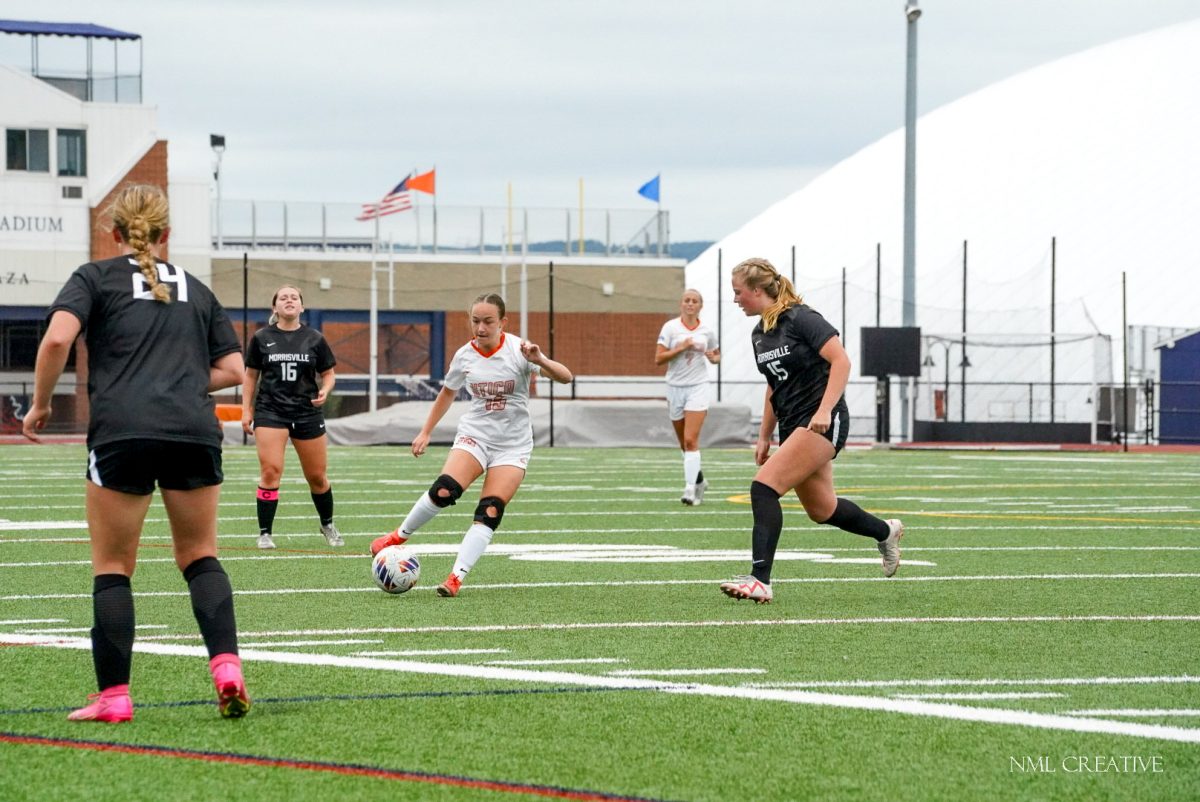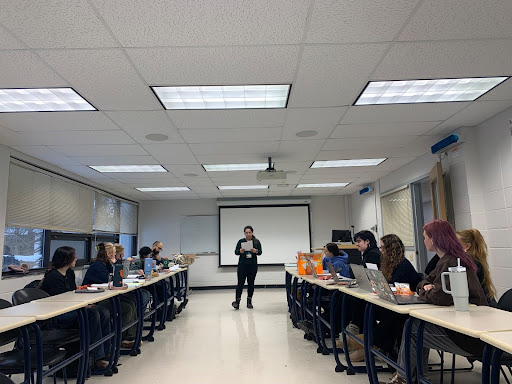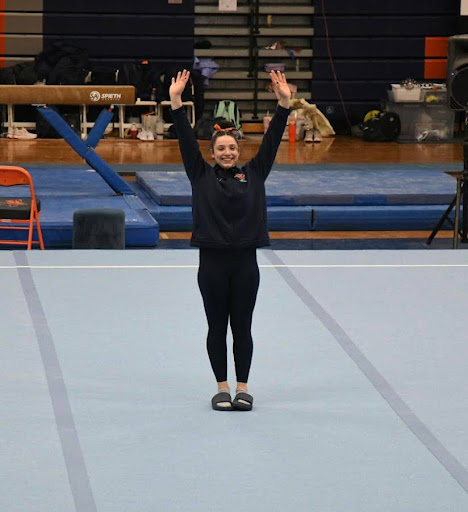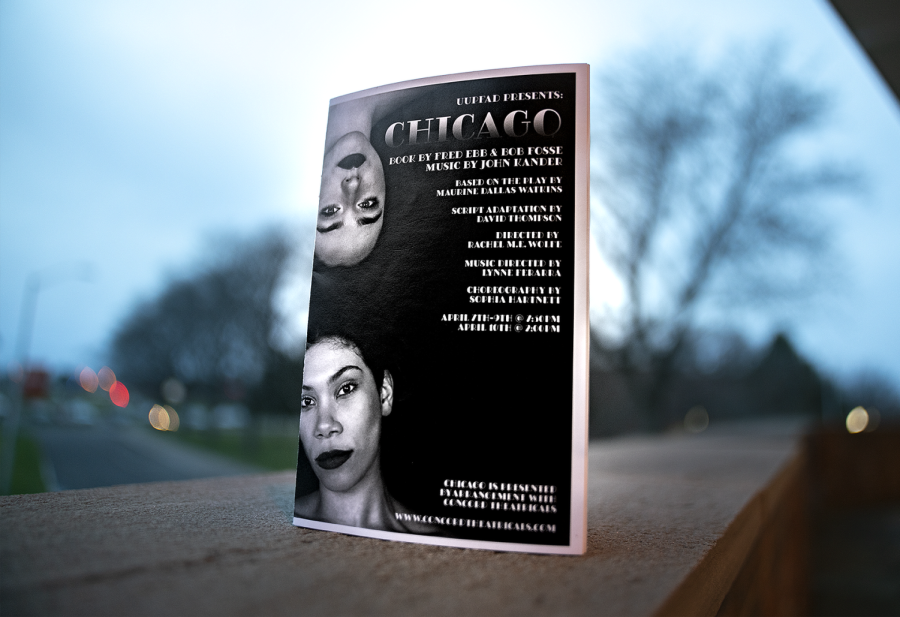“Why don’t we paint the town?” – ‘Chicago’ Review
One of the Playbills from Utica University’s showing of “Chicago” last weekend.
April 16, 2022
The Utica University Performing and Fine Arts Department performed “Chicago” through Thursday, April 7 to Sunday, April 10 in Strebel Auditorium.
The show follows performers Roxie Hart and Velma Kelly, along with fellow murderesses in the Chicago Cook County Jail during the 1920s, as they face public opinion and court trials.
Several seats in the theater, specifically along the aisles and most of the front row, were marked for audience participation. Actors during the show would interact with spectators in these seats and occasionally pass them items, such as photos of Paloma Collado signed “Roxie” during the song with the same name.
Isabella Hudziak’s Review:
I went to see the show opening night and Friday, April 8. Both nights I chose to sit in the front row, specifically in an audience participation seat directly in front of the stage on the first night and in a regular seat on the left side of the stage.
Sitting in the front elevated my viewing experience greatly. I was able to see the gold trim of the back curtains, the red light cues during certain songs up close and the exaggerated nature of the show.
The direction for this musical heavily played into comedic acting and flashy performance to contrast the realities of a prejudiced and corrupt criminal justice system, according to the director notes of Rachel Wolfe.
I feel as if, for the most part, this intention came through. Subtleties on stage, such as the bodies of Casley and Helinszki in the background as Velma and Roxie thank their fans for essentially freeing them from prison.
However, having Matron Mama Morton perform a strip-tease felt slightly out of place in the show to me. The idea of the song is that Mama performs acts of service, such as sexual favors, in reciprocation for cash or other favors. With this in mind, it felt odd that Morton stripped for the audience when no favor seemed to be done for her, unless the claps were meant to suffice.
However, Marianne Tenney was a standout singer for the entire show. Her stamina and power for her character song and duet later with Velma amazed the audience, me included.
It was clear from the beginning number that the audience felt extremely engaged in the performance. The first number, performed by Hannah DeStefano as Velma Kelly in “All That Jazz,” received thunderous applause and whistles. The volume and the enthusiasm continued throughout the entire show.
There was one moment in particular that, during both nights, you could hear the audience gasp. In order to show the hanging of Katalin “Hunyak” Helinszki, the innocent Hungarian woman accused of murdering her husband, the crew used a mannequin dressed to resemble the actor.
The heart wrenching screams of Mariami Kentchadze as her character is pulled away by the executioner, the introduction of the “Hungarian rope trick” from Emma Hullar as the Master of Ceremonies in conjunction with the slow pull of the back curtains resulted in an abrupt shock to the audience. The technical elements of this sequence added to the shock value, if the loud gasps were anything to go by.
Despite sitting so close to the stage, there were moments where actor volume felt inconsistent. During ensemble numbers such as “Cell Block Tango” the spoken testimonies, where the murderesses are explaining their reasons for incarceration, were overpowered by background vocals.
The volume inconsistencies were overshadowed by the intricate dancing from the ensemble. The head choreographer Sophia Hartnett and a handful of other members of the Utica University Dance Team added energy and movement to each group number.
As an audience member, I felt that “Chicago” was a prime example of an ensemble show. The ensemble felt tight, confident and worked collaboratively for each number.
One standout member of the cast was Norman Booth, who played Fred Casely and other ensemble roles including Alvin Lipschitz. His comedic timing during Roxie’s testimony in court had the entire theater laughing, me included.
Overall, I enjoyed the show greatly. The cast consisted of a powerhouse of singers, dancers and actors that created a spectacularly well-put together performance. As the first performance of the theater department with mask mandates dropped, the audience interactions and physical momentos reminded me of how much I missed the magic of theater.
Hollie David’s Review:
I went to see “Chicago” on Saturday, April 9 which was the third run of the show. When I arrived the house was packed, and people filled both the audience participation seats along with the regular aisles. I ended up sitting in the middle around aisle seven.
While initially, I thought that not sitting in audience participation would mean that I would have less of an enjoyable experience, this was not the case. All of the audience members were extremely engaged throughout the show and reacted with vigor to every number.
The set, while minimalistic, used small details that stood out to bring the show together. The backdrops were a nice mix of flashy and functional that highlighted the show without distracting along with fine details such as the printed newspaper with murder details on the front.
Overall, the show had a very cohesive and interesting choreography that was very clearly well-rehearsed and sharp. Dancing and movement were very cohesive from start-to-finish and all of the dancers deserve immense credit for their stellar performance.
There were several standout moments throughout the show that kept the audience on the edge of their seats and very engaged for the musical’s duration.
The show had a very solid start with Hannah DeStefano as Velma in “All the Jazz,” where her strong performance and killer vocals sent the audience into a frenzy of applause. DeStefano continued with a heartfelt and dedicated performance throughout the whole show.
Shayla Pominville as Mary Sunshine stunned the whole crowd with her performance in “A Little Bit of Jazz,” and absolutely nailed the ending of the song holding her opera note without falter.
After intermission, the audience was very engaged in Charles Buckley’s performance of “Mr. Cellophane” and collectively awed both after his song and again later during a callback reference to the song.
Even though there were only four men in the show, two being leads, this did not take away from the overall quality of the performance, and both Dante Palumbo along with Norman Booth held their own during the show both juggling several parts. The cast also did an amazing job adapting to the lack of male performers by having women occasionally fill in male roles, as seen in the “Cell Block Tango.”
I enjoyed the creative choices made by the cast as well and something like the small detail of the windup on the back of Mary Sunshine I thought added a lot to the quality, especially on a more minimal set. If it wasn’t obvious before that Sunshine acts as a puppet for Billy Flynn it certainly was after that.
There was one main issue with the show and that was, after intermission, voices during songs seemed to be washed out by the music occasionally and the energy level seemed to have dropped throughout the cast. While the difference was noticeable the finish was still very strong overall.
In the end, the strong choreography and clear dedication of all the cast members really shined through and earned them a hearty round of applause from the audience. I greatly enjoyed the performance and cannot wait to see what the Utica University’s Theatre organizations give us next.

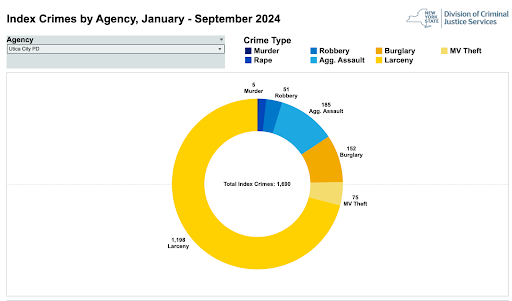



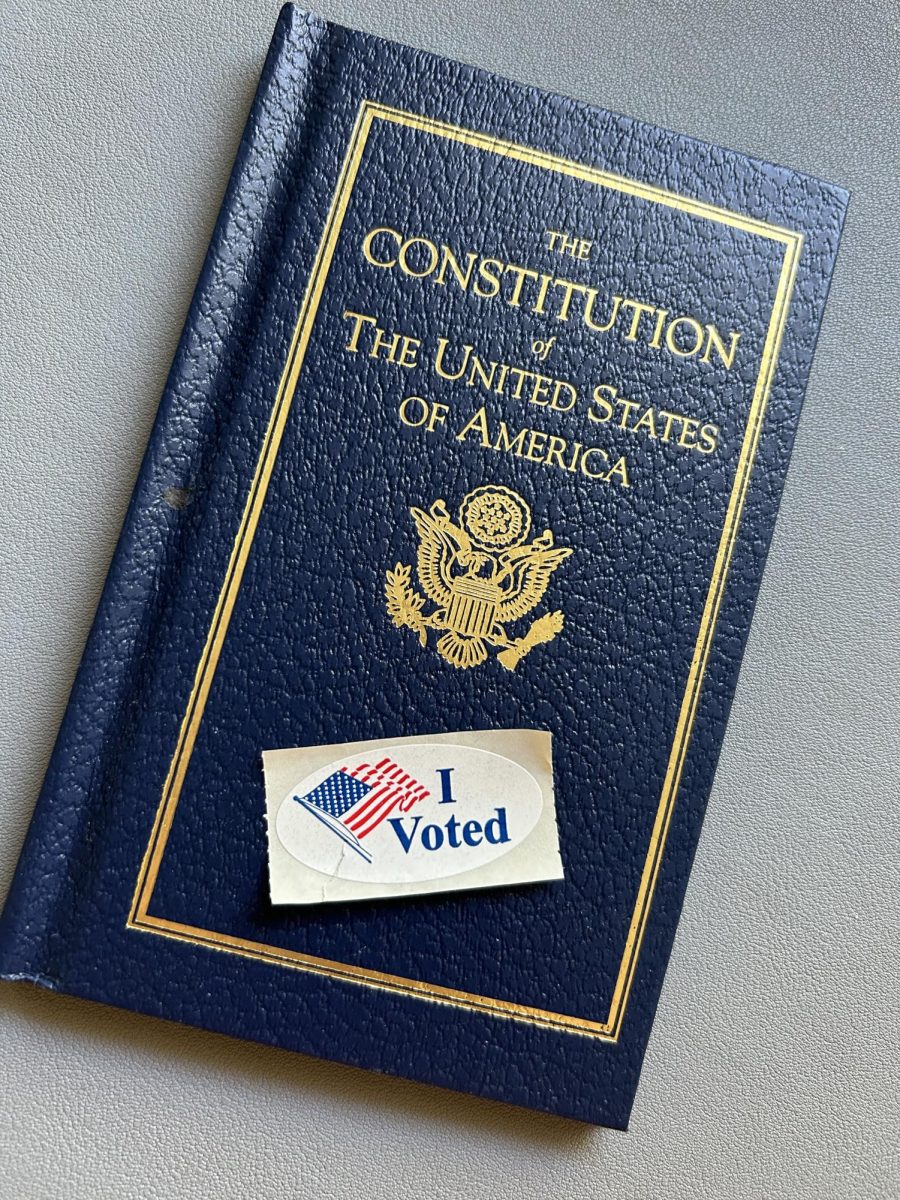








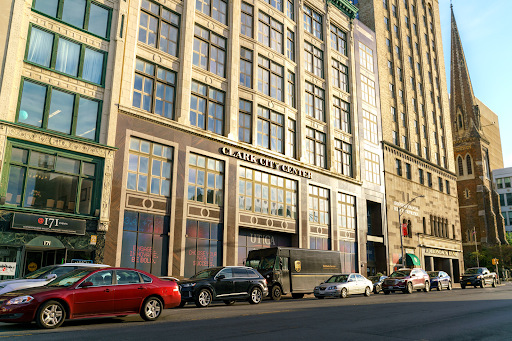
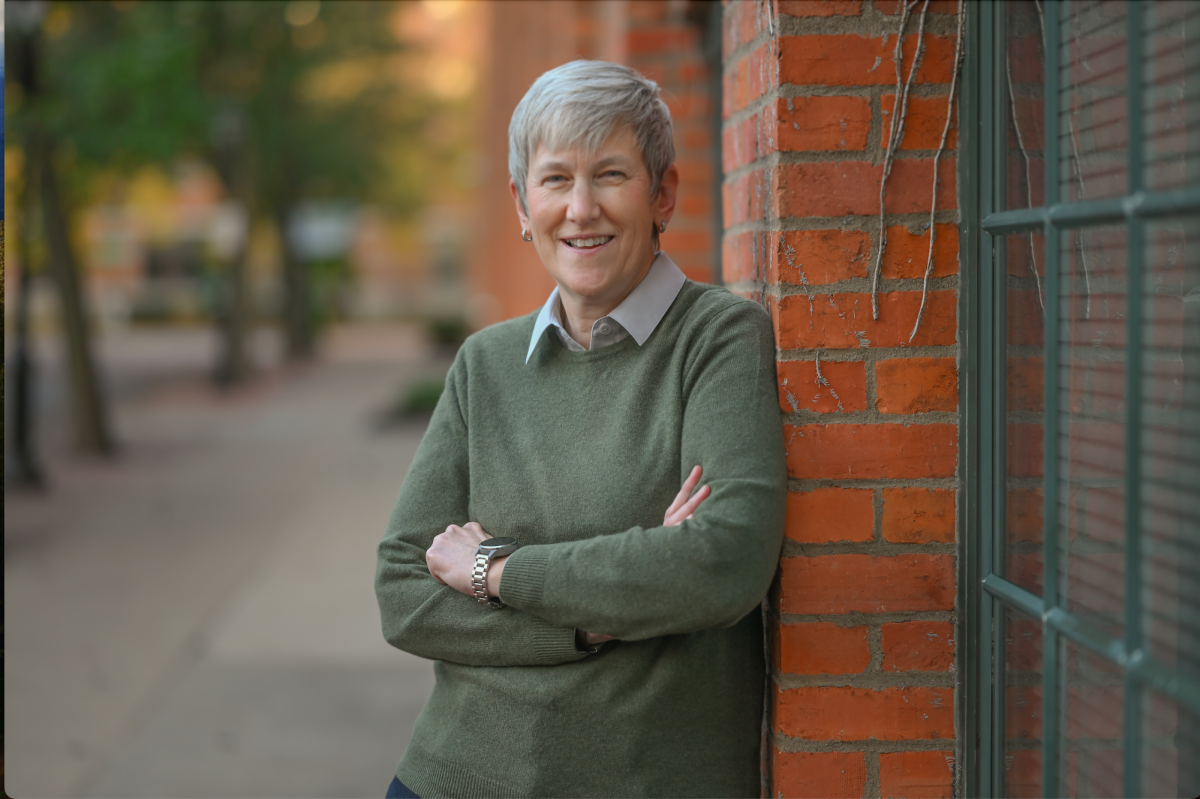


![President Todd Pfannestiel poses with Jeremy Thurston chairperson Board of Trustees [left] and former chairperson Robert Brvenik [right] after accepting the university's institutional charter.](https://uticatangerine.com/wp-content/uploads/2023/10/unnamed.jpeg)



